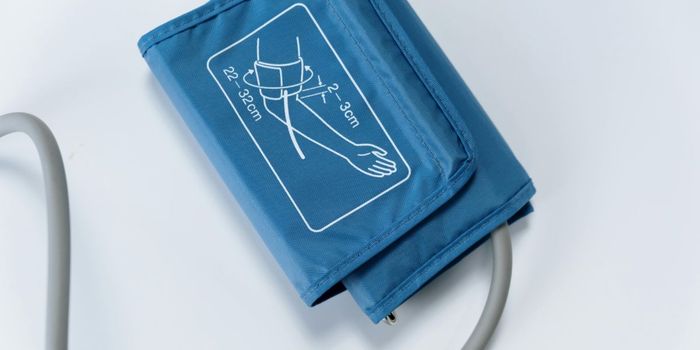What happens after a heart failure diagnosis?
Your hospital stay, where your cardiologist told you that your heart was failing, has come to an end. You’re ready to - finally - return home with a handful of prescriptions, for drugs and for several lifestyle changes sanctioned by the doctor. Instead, the cardiologist strongly recommends a pitstop at a skilled nursing facility, ensuring you that after a certain amount of time - days, weeks, months - you’ll be ready to go home.
But is the pitstop truly necessary? Even more important, is a stay at a skilled nursing facility negatively affecting the health of heart failure patients? These are the questions experts from Mayo Clinic set out to answer definitively, hoping to understand the “complete experience” of heart failure patients traveling between the hospital, nursing facilities, and home.
"This required linked data from across the community and across the lives of these patients,” explained first author of their study published in Mayo Clinic Proceedings, Sheila Manemann.
During heart failure, the heart, a muscle, cannot function like it needs to in order to pump oxygenated blood to the body’s tissues. Depending on whether it is the left or right side of the muscle that is dysfunctional, a variety of negative effects take place: fluid buildup, shortness of breath, fatigue. Men and women, young and old fall victim to heart failure; the condition affects nearly six million people in the United States alone. There exists no “cure” to bring the heart back to pumping like a fully functioning muscle, but medical interventions and lifestyle changes can improve the quality of a person’s life despite their living with heart failure.
1,498 patients diagnosed with heart failure and living in Minnesota became the subjects of the Mayo Clinic study. Researchers took into account several risk factors and preexisting conditions that could potentially confound the results, and then they began to learn the truth about the effects on patients who spend time in a skilled nursing facility after being in the hospital, instead of returning to their homes.
Being in a skilled nursing facility increased a person’s likelihood of eventually returning to the hospital by 50 percent, compared to heart failure patients who returned home after their hospital stay. Interestingly, the hospital readmissions for these patients were mostly unrelated to their original heart failure diagnosis.
They also found that 40 percent of heart failure patients are indeed admitted to a skilled nursing facility at some point after diagnosed. The average stay at a skilled nursing facility following a hospital visit due to heart failure averages about 144 days.
“We wanted to try to identify ways to improve outcomes for patients released to a skilled nursing facility, as well as potentially for patients overall," said Mayo Clinic cardiologist and senior author Véronique Roger, MD.
Studies are still ongoing to learn more about the underlying causes behind these statistics, but researchers note a key factor in determining a person’s likelihood for returning to the hospital after being in a skilled nursing facility: the person’s ability to “carry on the activities of daily living.”
In the future, Roger and Manemann would like to see an increase in patient-doctor conversations about what is best for each individual patient, increased mobility for heart failure patients in skilled nursing facilities, and more patients returning home and staying home after their stay in a skilled nursing facility. "Most importantly, we'd like to see healthier individuals able to consistently participate in life activities,” Roger explained.
Sources: National Heart, Lung, and Blood Institute, Mayo Clinic









